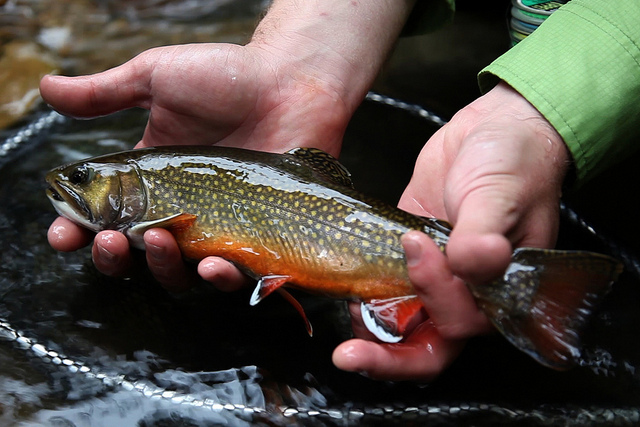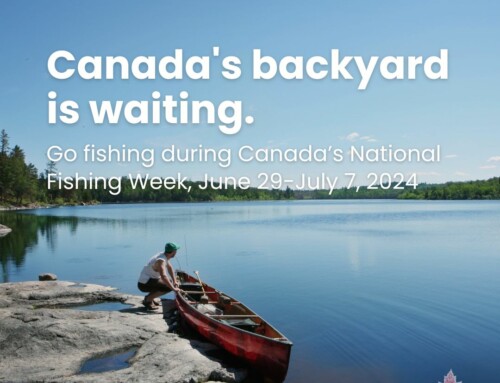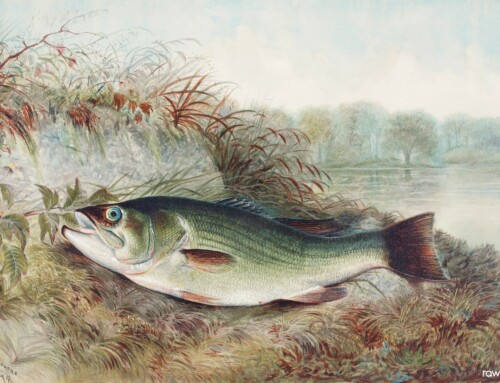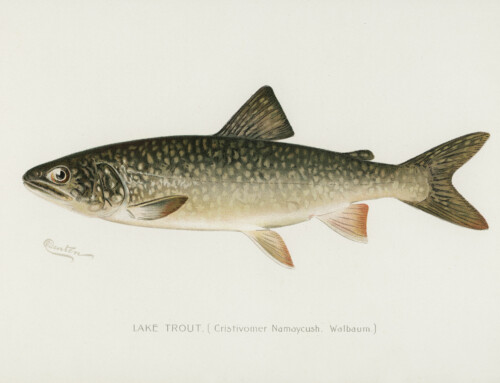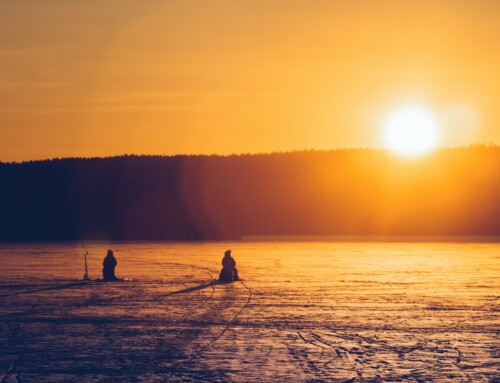Originally Published by CBC News, July 21, 2015
Fish biologists are using electronic zappers, inner tubes and helicopters to help save native Alberta indigenous bull and cutthroat trout species in Banff National Park, and to remove invasive trout — including brooks, browns and rainbows.
Until the mid 1970s, it was government policy to stock lakes in Banff with non-native trout species to encourage anglers to fish.
“We put these fish (browns and brooks) in back when we had the philosophy that Banff is for tourists. Our philosophy has changed,” said Michael Sullivan, a provincial fisheries science specialist.
The browns, rainbows and speckled trout came from Quebec, Ontario and even Scotland, says Sullivan, and began crowding out the indigenous trout species.
But now there are several projects underway to restore and strengthen the threatened native bull and cutthroat trout considered “at-risk” in Alberta.
Out with the invasive, in with the native
At Corral Creek, which flows out of Hidden Lake along the trail to Skoki, biologists use gill nets to capture invasive brook trout. Biologists hike in to the area with inner tubes, fins and snorkels.
They wade their way to the nets where they transfer the fish into sample bags. On shore, they measure length and weight, then remove a bone in the fish’s inner ear to determine age. The fish are then frozen on trays and hauled out by helicopter. The sampled fish are taken to the Alberta Birds of Prey Foundation in Coaldale, Alta.
“At that point, they’re not in condition for people to eat them, but the eagles love them,” said Sullivan.
In the past few summers, more than 12,000 fish have been removed in the joint project involving the province, Trout Unlimited Canada, University of Alberta and Parks Canada
‘Ghostbuster-style zapper packs’
In a separate study in northern Banff, at the East Lyell icefields south of the Saskatchewan glacier, Sullivan and his colleagues use “Ghostbuster-style zapper packs” to transfer vulnerable bull and cutthroat trout from warmer lakes farther south to colder “fishless lakes.”
The biologists stand in rubber chest waders and send an electrical current via a wand with an antenna into the water. The fish nearby, within about a half a metre, are momentarily stunned and their muscles tense up.
“They flit like butterflies, and we grab them,” Sullivan said.
Research shows that it hurts a bit, but has no long standing effect on the fish, he says.
“We’re there with long-handled dip nets. It takes skill. We scoop them up.”
Length and weight of the fish are taken, and more sampling is done to determine the health of the fish population.
Changes still needed
Native bulls and cuts are then taken to the colder water at East Lyell at the North Saskatchewan headwaters, above waterfalls to water bodies that are “naturally fishless” to give them a chance, says Sullivan.
“In dire circumstances where lower water is too warm or too polluted, there are options. It’s all a trade off,” he said.
“This native species of fish has value, an intrinsic value. And it’s hubris for me to say this fish from Quebec is better than the native Alberta fish. That means my grandchildren and great-great grandchildren don’t have a choice.”
But to conserve the now highly-valued native fish means changes are still needed, says Sullivan.
Alberta’s sport fishing will have to be brought to sustainable levels and streams will have to be cleaned up, stopping silt and limiting nutrient pollution from run-off.
More work will also have to be done to help native fish return to streams by removing, where practical, invasive species, says Sullivan.
He says there’s a basic rule when it comes to tinkering with the environment.
“The first rule of intelligent tinkering is not to throw away the parts.”
Photo courtesy of Chesapeake Bay Program.

